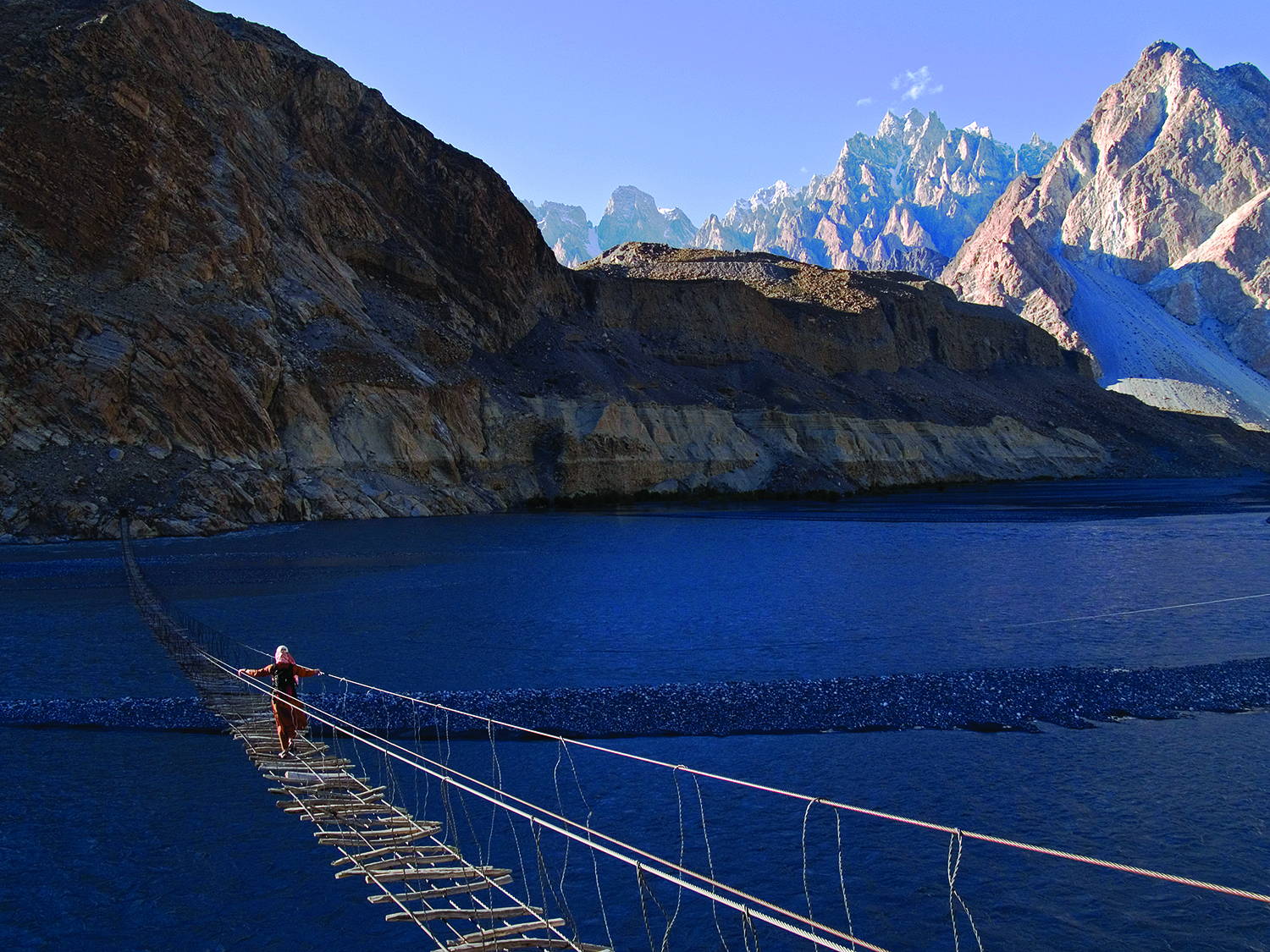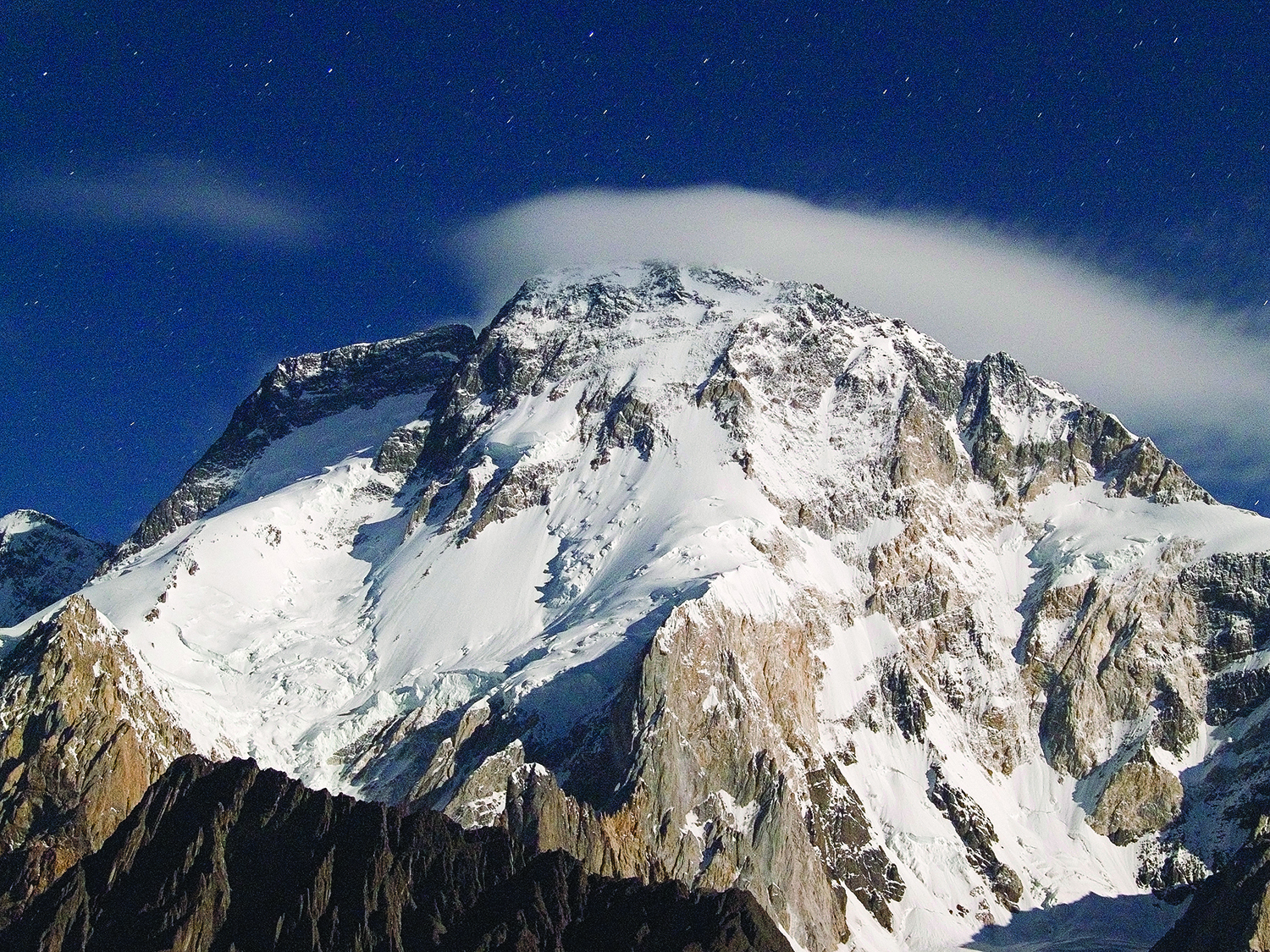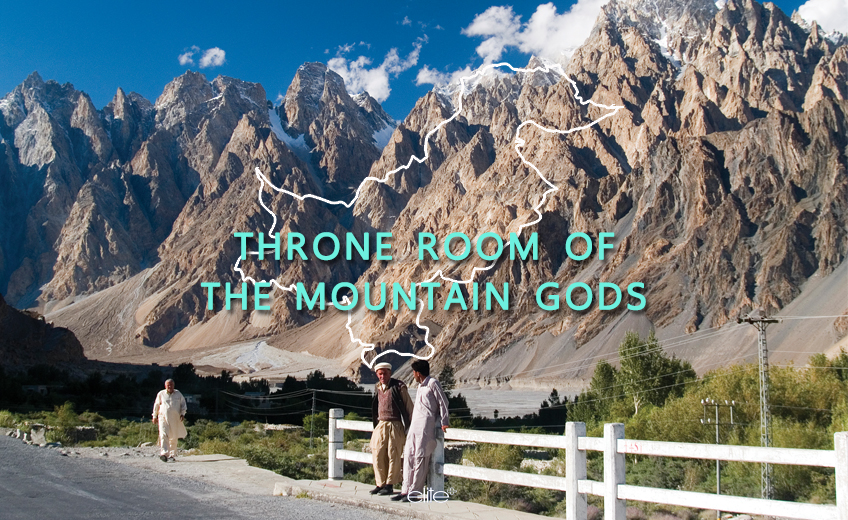You don’t read too many travel brochures about Pakistan. The country gets a pretty bad rap when it comes to travelling, usually linked to religious extremism and terrorism reports. Granted, there are spots in the country to avoid (which you won’t be allowed to visit anyway), and you should always do your research before planning a trip, but for the most part the north of the country has been safe for the past several years. The areas of Gilgit, Skardu and Chitral are at the heart of the Karakoram mountains, Asia’s wildest and most majestic peaks, and lovers of wilderness, trekking, breathtaking scenery and adventure will fall in love with the harsh, wild beauty that has been called “the throne room of the mountain gods”.
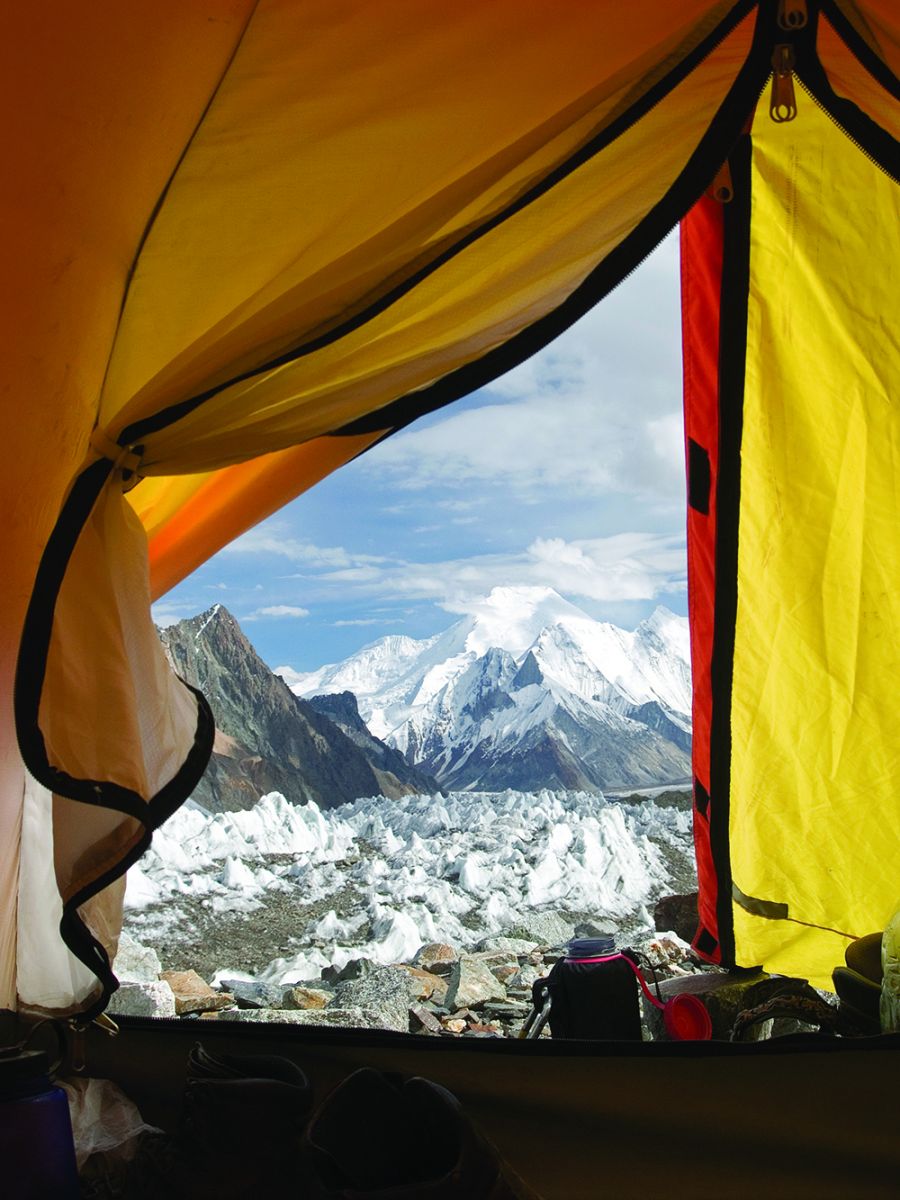
In the 1990s, northern Pakistan was right up there on the bucket list of mountaineers, climbers and avid trekkers, ranking next to Nepal in terms of the biggest mountains and most incredible grandeur. Then the 9/11 terrorist attacks happened. With groups like the Taliban and Al Qaeda linked to Pakistan, few ventured to explore its wilderness. Slowly it is making a comeback, but it will take years before it returns to its rightful place as an outdoor travel Mecca.
I returned several years ago to the village of Passu, north of Gilgit, home to this outrageous collection of jagged needle spires sitting towering over the village. Known as the Passu Cathedrals, I had trekked here two decades before, crossing a suspension bridge made of rickety wooden slats spaced several feet apart to cross the raging Hunza River. While previously Passu had been a sleepy mountain hamlet of some three or four guest houses, now there were five. I laughed to myself comparing this to changes in other Asian spots I’d been in 20 years before.
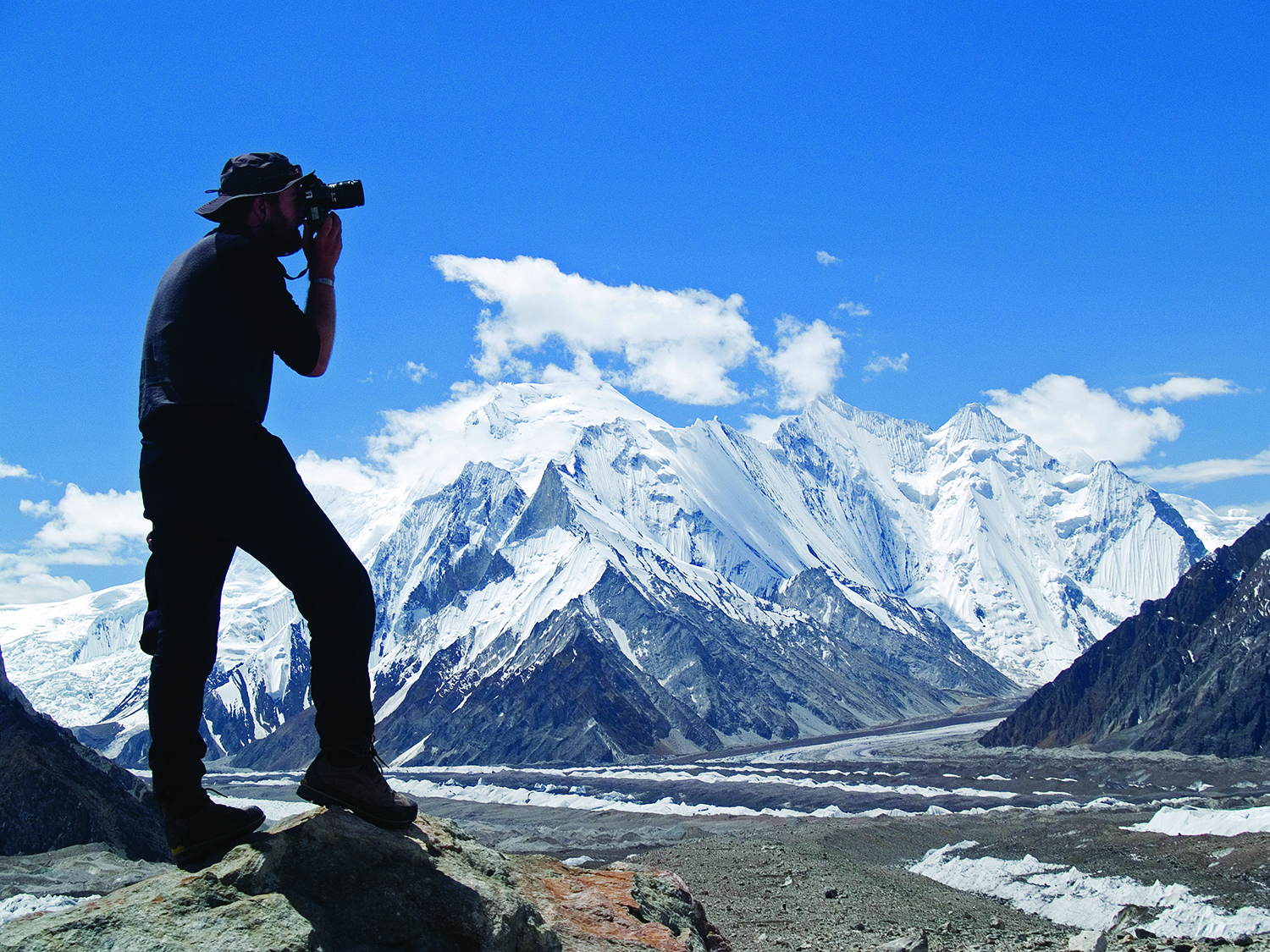
Further east, more trekkers were making their way back to what is surely one of the most stunning mountain valleys in the world. First called “throne room of the mountain gods” by legendary American mountaineering photographer Galen Rowell, the cirque of Concordia in Skardu is home to four of the world’s 8,000-metre peaks, as well as a collection of peaks well over 7,000. Here, a tent spot out on the Baltoro Glacier (the world's largest glacier away from the poles) will give you unrivalled views of Gasherbrum, Masherbrum, Broad Peak and perhaps the hardest big peak to climb in the world, the magnificent K2 (at 8,611 metres second only to Mount Everest).
The landscape in northern Pakistan is a stunning blend of enormous vertical peaks smothered in snow, ice and jagged rock, fronted by baking hot canyons and raging rivers in the summer, and then verdant fields of wheat in the villages, which look like oases in the desert, their greenery in stark contrast to the arid terrain above.
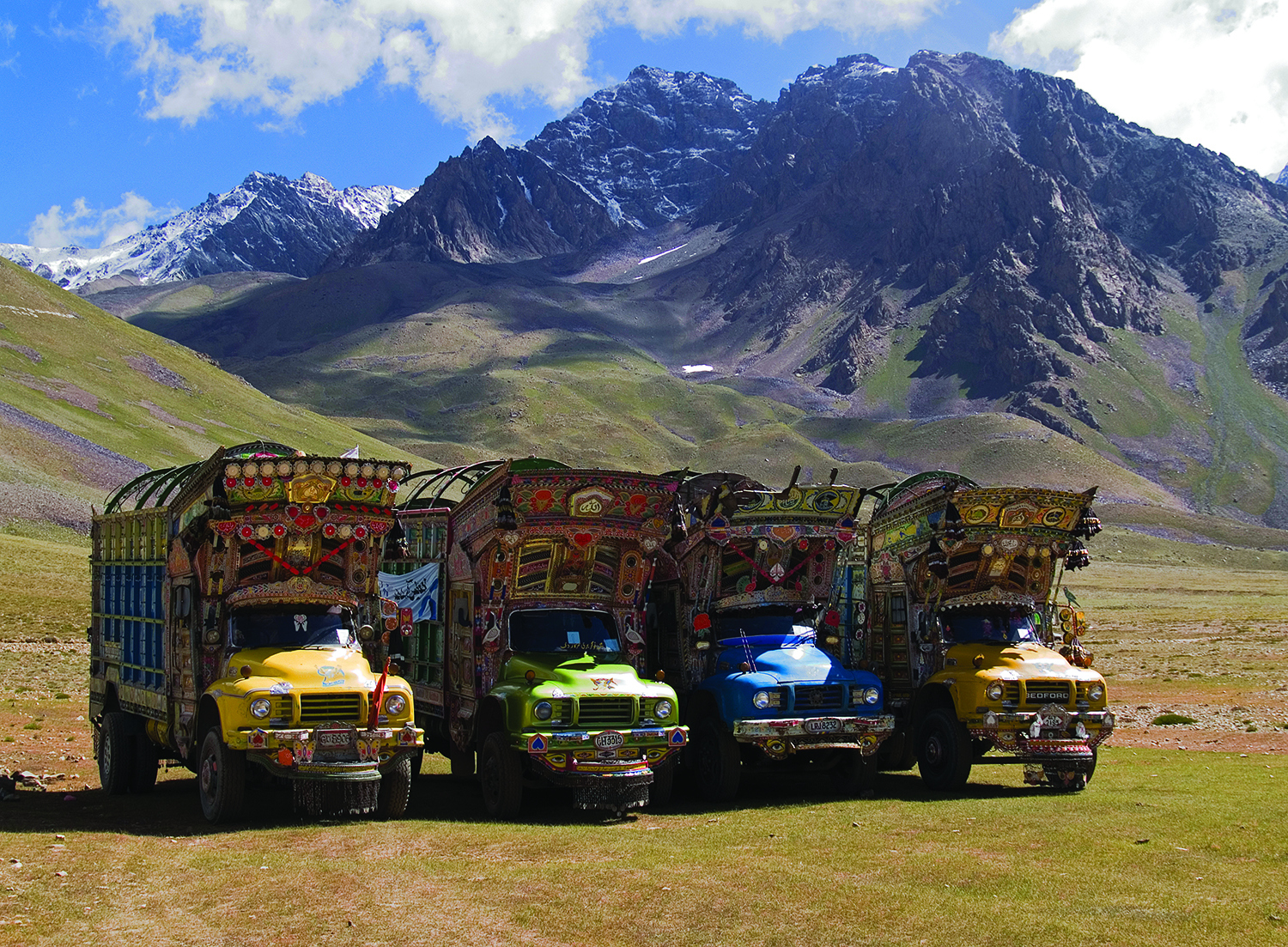
The people of northern Pakistan are also as captivating as the surrounding mountains. Comprised of various ethnic clans, travelling up the Karakoram Highway reveals a patchwork quilt of colourful different groups. Near K2 and Concordia, you have the Balti, while north of Gilgit you have the Burusho, Hunzakots and Pashtuns on the Afghan border. Perhaps the most interesting ethnic group are the Kalasha, an Indo-Aryan group noted for their European-like features. Some believe the Kalasha are descendants of Alexander the Great, from liaisons by Alexander and his men during their Asian conquests, and today the Kalasha are the only non-Muslim people (they hold animist beliefs) found between India and Europe, inhabiting just three small remote valleys on the Afghan border in the Chitral region, sandwiched between the Karakoram and Hindu Kush mountain ranges. The Kalasha women sport colourfully stitched robes and headdresses made of cowrie shells, and are a highlight of any visit to the northwest frontier.
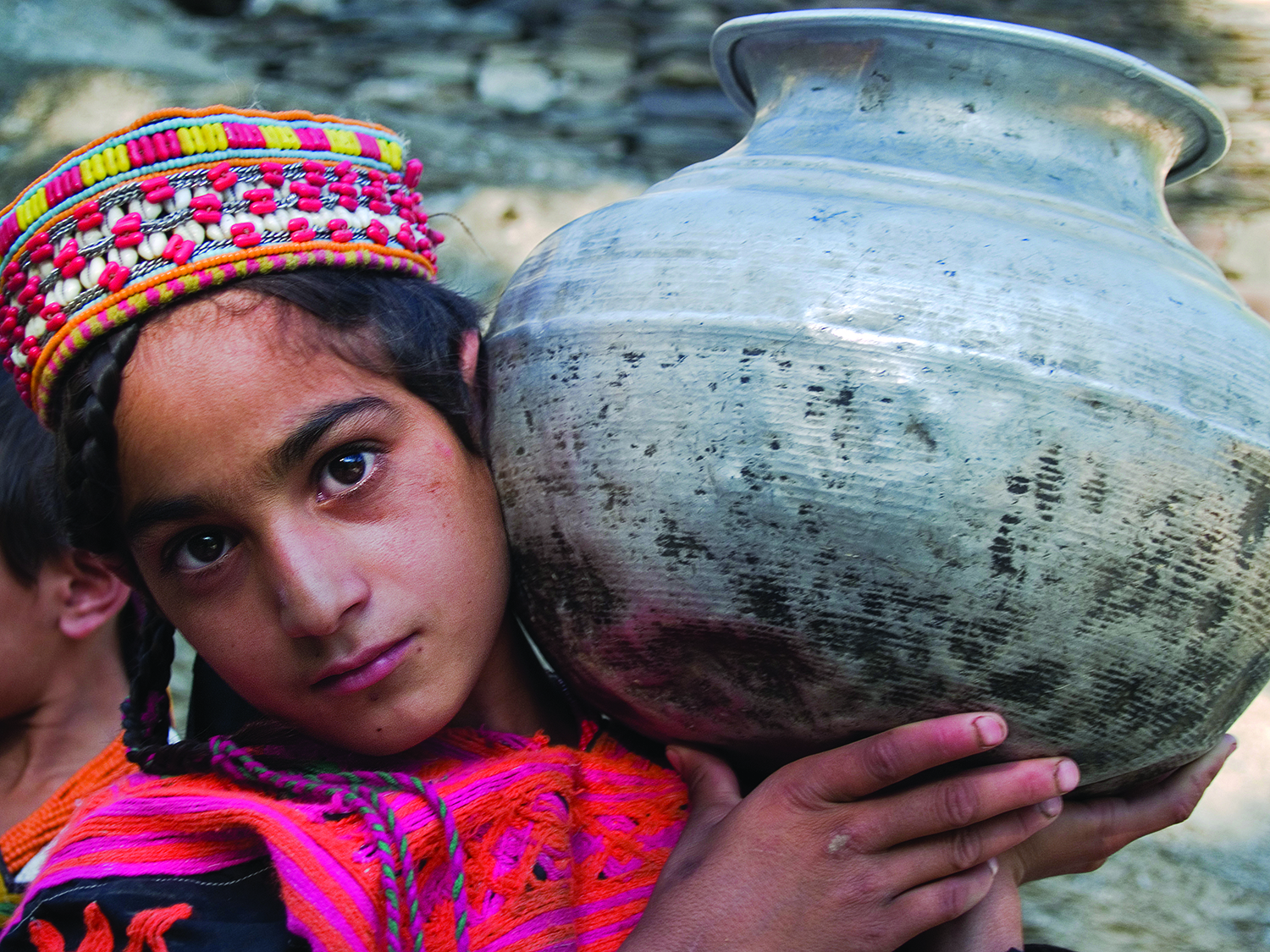
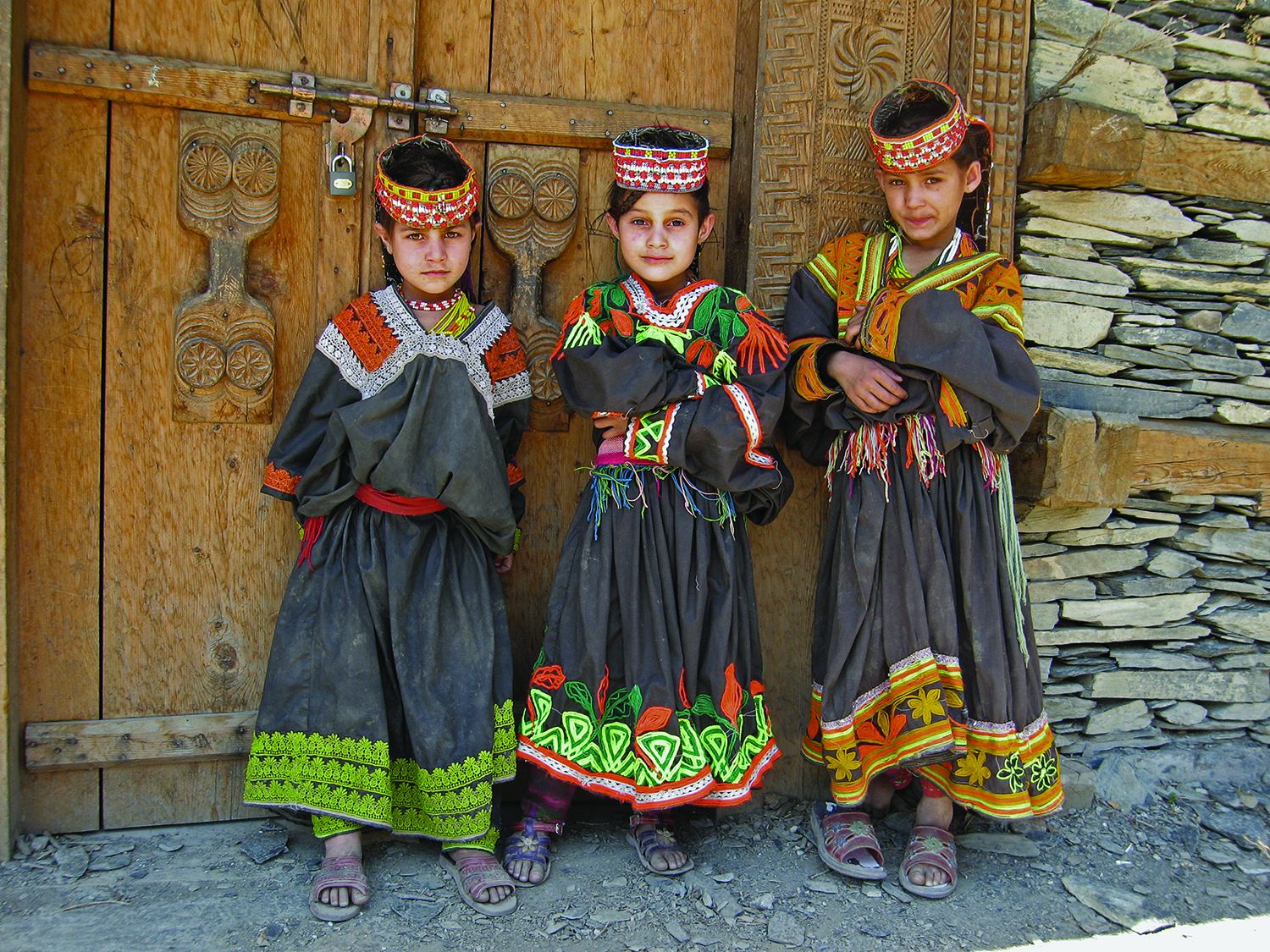
While the neighbouring Indian and Nepali Himalayas see scores of trekkers, Pakistan remains an adventure travel lover’s dream. Trails here are not maintained, and there certainly isn’t any teahouse trekking, and you’ll need to carry all your own equipment, although it’s easy enough to hire porters and guides. The Karakoram Highway is the highest paved international road in the world and runs through the spine of the Karakorams, finally reaching the Khunjerab Pass at 4,800 metres, after a 1300 kilometre hair-raising ride around glaciers, up switchbacks and across a lake blocking the road (you must take a boat to cross it) that was formed by a massive landslide here. You most definitely will be in the abode of the mountain gods and goddesses in this lesser-explored and stunningly gorgeous part of the planet.
